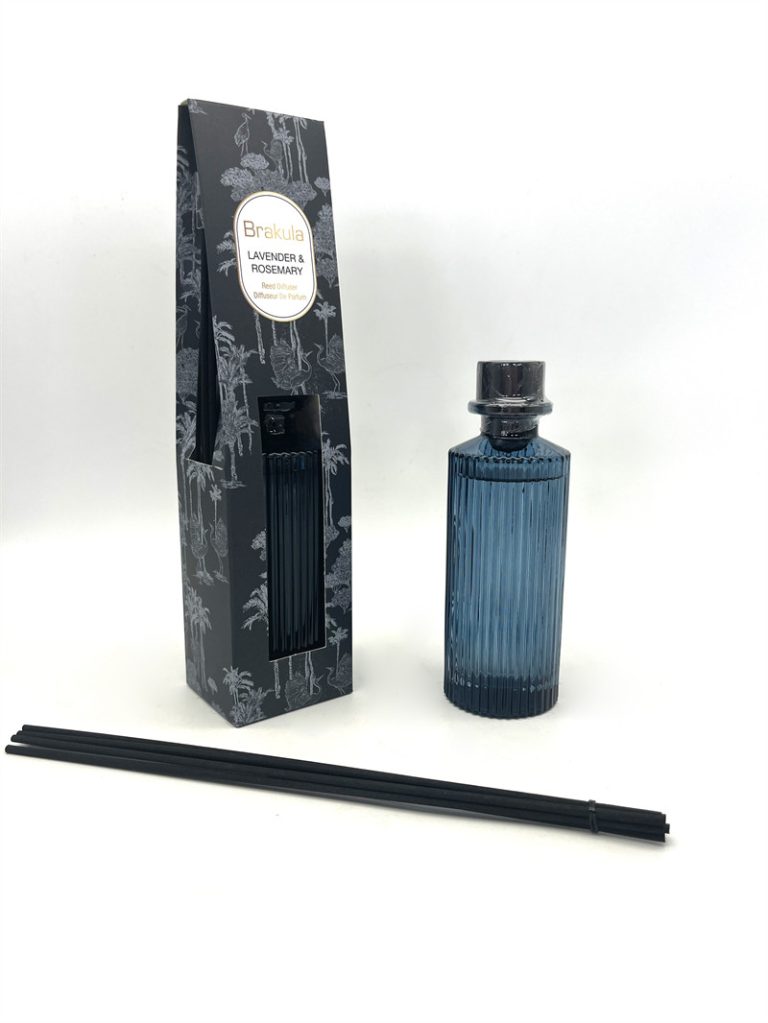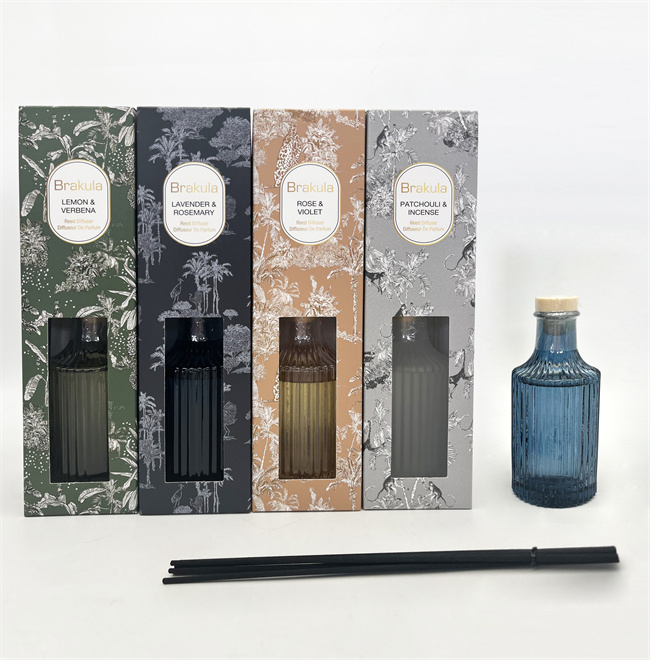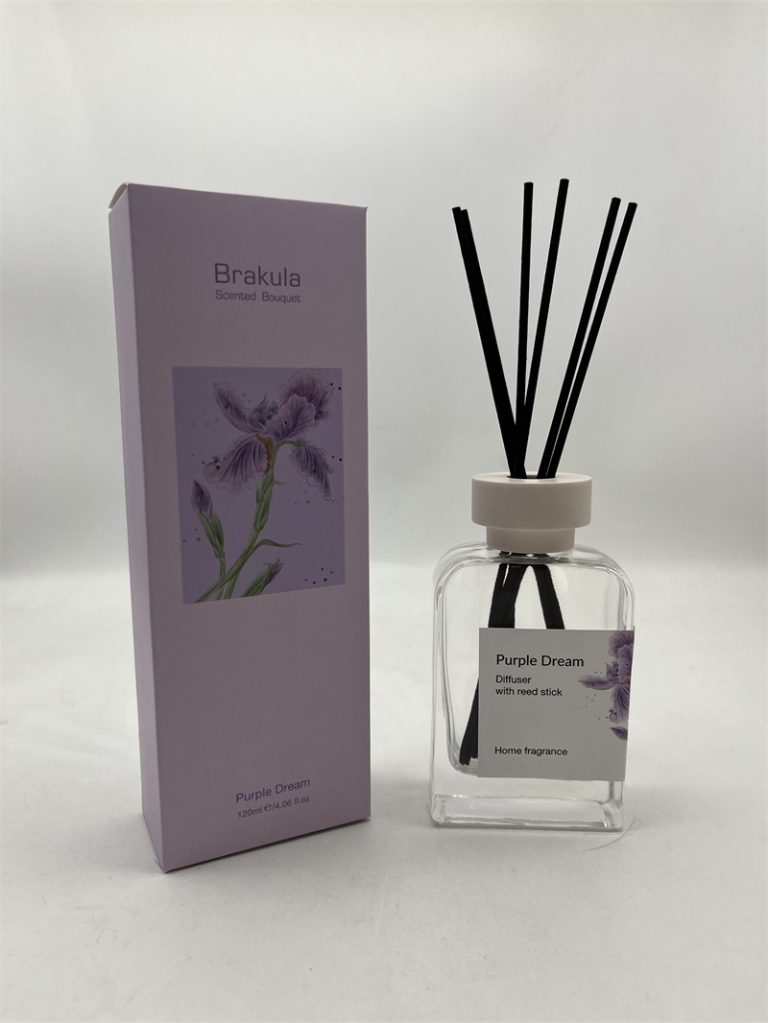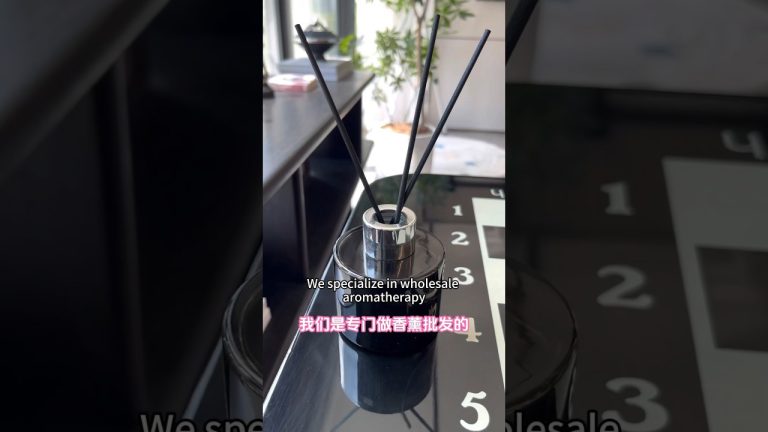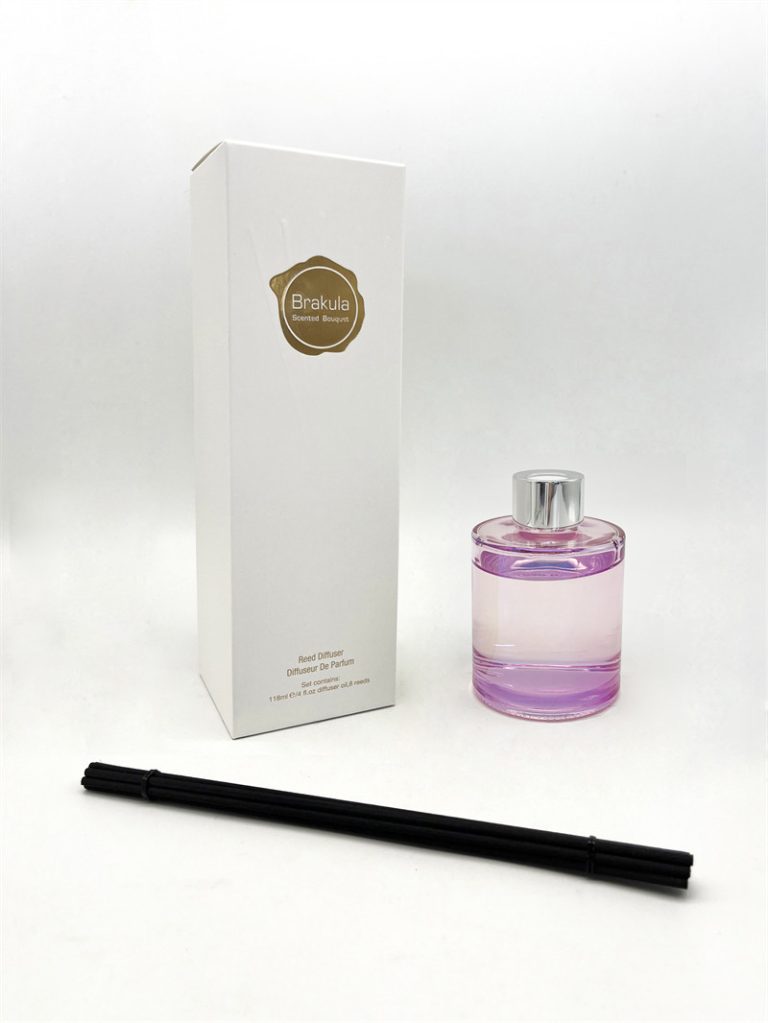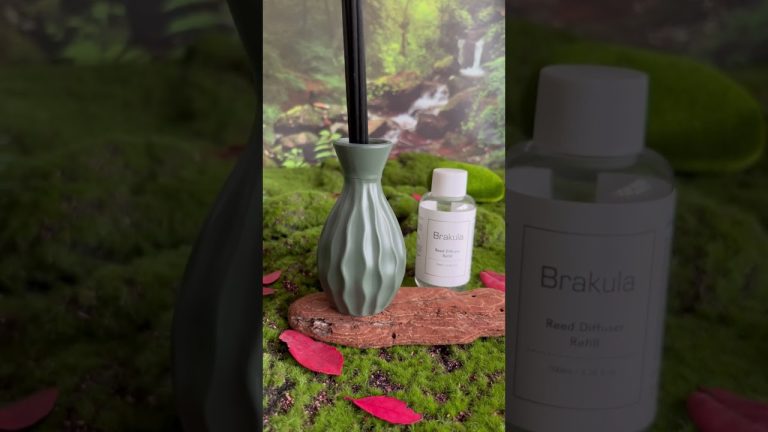Table of Contents
Using Vinegar and Baking Soda
Electrical cords are an essential part of our daily lives, powering our devices and appliances. However, over time, corrosion can build up on the plugs of these cords, leading to poor connectivity and potential safety hazards. It is important to regularly clean the corrosion off of electrical cord plugs to ensure they function properly and safely.
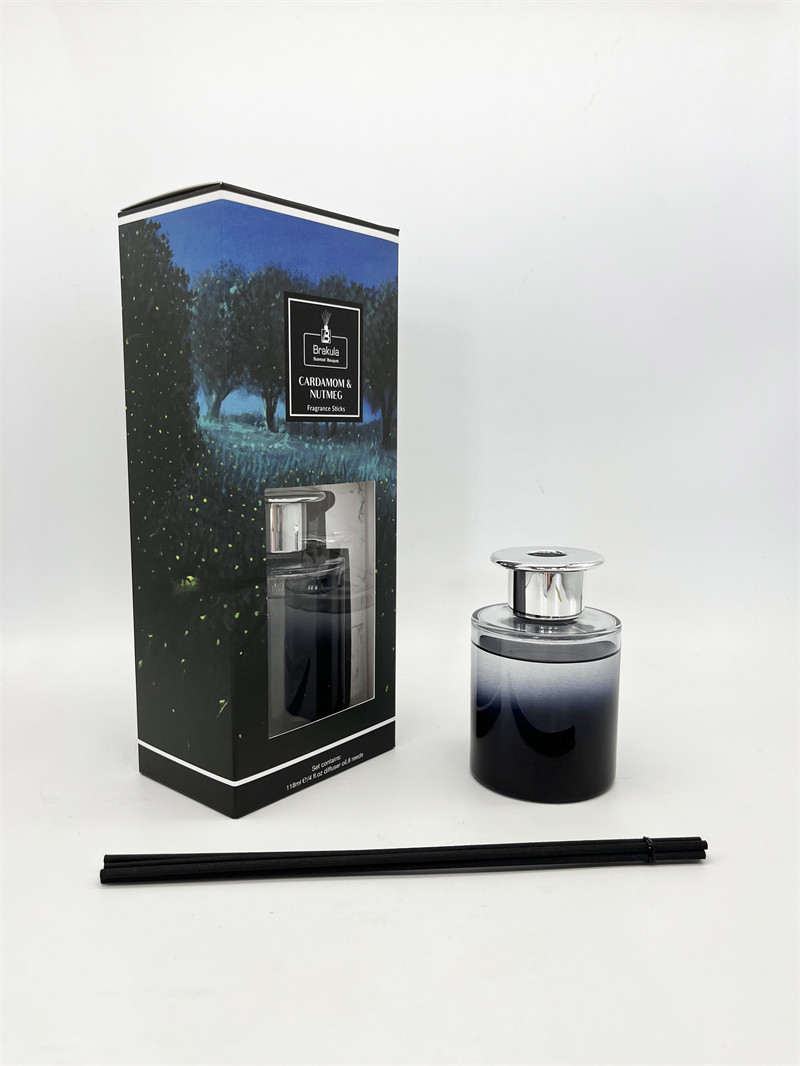
One effective and inexpensive way to clean corrosion off of an electrical cord plug is to use vinegar and baking soda. These household items are readily available and can be found in most kitchens. Vinegar is a mild acid that can help dissolve the corrosion, while baking soda is a gentle abrasive that can help scrub away the buildup.
To begin, unplug the electrical cord from the outlet and inspect the plug for any visible corrosion. If there is a significant amount of corrosion present, it is best to clean the plug in a well-ventilated area to avoid inhaling any fumes.
| Product | Reed Oil Diffuser |
| Material | Wood |
| Suitable for | Office |
| Scents | French Pear, Camellia Sakura |
| Capacity | Multiple Scent |
| Color | Blue |
| Origin | China Supplier |
| Duration | 90-120days |
Next, mix equal parts vinegar and water in a small bowl or container. Dip a clean cloth or sponge into the vinegar solution and wring out any excess liquid. Gently wipe the plug with the vinegar-soaked cloth, making sure to cover all areas of the plug where corrosion is present. Allow the vinegar solution to sit on the plug for a few minutes to help dissolve the corrosion.
After the vinegar has had time to work its magic, sprinkle a small amount of baking soda onto the plug. Using a clean toothbrush or scrubbing pad, gently scrub the plug in a circular motion to help remove the corrosion. Be careful not to scrub too hard, as this could damage the plug or the cord itself.
https://reedaromalab.com/tag/reed-diffuser-chinese-best-supplier
Once you have finished scrubbing the plug with the baking soda, rinse it thoroughly with clean water to remove any remaining residue. Dry the plug completely with a clean towel before plugging it back into the outlet.
It is important to note that this method may not completely remove all corrosion from the plug, especially if it has been building up for a long time. In some cases, you may need to repeat the process multiple times or use a commercial electrical contact cleaner to fully clean the plug.
In conclusion, cleaning the corrosion off of an electrical cord plug using vinegar and baking soda is a simple and effective way to ensure your cords function properly and safely. By following these steps and taking proper precautions, you can keep your electrical cords in good working condition for years to come. Remember to always unplug the cord before cleaning it and to handle it with care to avoid any accidents.
Lemon Juice and Salt Solution
Electrical cords are an essential part of our daily lives, allowing us to power our electronic devices and appliances. However, over time, these cords can become corroded, leading to poor connectivity and potential safety hazards. One common area where corrosion can occur is on the plug of the electrical cord. Fortunately, there are several methods you can use to clean the corrosion off of an electrical cord plug, one of which is using a lemon juice and salt solution.
To begin, gather the necessary materials for this cleaning method. You will need a fresh lemon, table salt, a small bowl, a soft cloth, and some water. Start by cutting the lemon in half and squeezing the juice into the small bowl. Add a tablespoon of table salt to the lemon juice and mix it well to create a paste-like consistency.
Next, unplug the electrical cord from the power source and inspect the plug for any visible signs of corrosion. If you see any green or white residue on the metal prongs of the plug, it is likely corroded and in need of cleaning. Dip the soft cloth into the lemon juice and salt solution and gently rub it onto the corroded areas of the plug. Be sure to cover the entire surface of the plug with the solution to ensure thorough cleaning.
As you clean the plug, you may notice the corrosion starting to dissolve and lift off of the metal. This is a good sign that the lemon juice and salt solution is effectively breaking down the corrosion. Continue to rub the solution onto the plug until all of the corrosion has been removed.
Once you have cleaned the plug, rinse it with water to remove any remaining lemon juice and salt residue. Dry the plug thoroughly with a clean cloth before plugging it back into the power source.
Using a lemon juice and salt solution to clean the corrosion off of an electrical cord plug is a safe and effective method. Lemon juice is a natural acid that helps to break down the corrosion, while salt acts as an abrasive to scrub away the residue. This method is also environmentally friendly and does not require the use of harsh chemicals that can be harmful to both you and the environment.
room diffuser In conclusion, keeping your electrical cord plugs clean and free of corrosion is essential for maintaining good connectivity and preventing safety hazards. Using a lemon juice and salt solution is a simple and effective way to clean the corrosion off of an electrical cord plug. By following the steps outlined above, you can ensure that your electrical cords remain in good working condition for years to come.
Rubbing Alcohol and Cotton Swab
Electrical cords are an essential part of our daily lives, powering our devices and appliances. However, over time, corrosion can build up on the plugs of these cords, leading to poor connectivity and potential safety hazards. It is important to regularly clean the corrosion off of electrical cord plugs to ensure they function properly and safely.
One effective method for cleaning corrosion off of an electrical cord plug is to use rubbing alcohol and a cotton swab. Rubbing alcohol is a solvent that can help dissolve the corrosion, while the cotton swab provides a gentle abrasive surface to scrub away the buildup.
To begin, unplug the electrical cord from the outlet to ensure your safety. Inspect the plug for any visible signs of corrosion, such as a greenish or brownish buildup. If you see corrosion, it is important to address it promptly to prevent further damage.
Next, dip the cotton swab into the rubbing alcohol, making sure it is saturated but not dripping. Gently rub the cotton swab over the corroded areas of the plug, applying light pressure to help loosen the buildup. Be careful not to use too much force, as this could damage the plug.
As you clean the plug, you may notice the corrosion starting to dissolve and come off onto the cotton swab. Continue to clean the plug with the rubbing alcohol and cotton swab until all visible corrosion has been removed. You may need to use multiple cotton swabs to ensure thorough cleaning.
Once you have cleaned the plug, allow it to dry completely before plugging it back into the outlet. This will help prevent any residual rubbing alcohol from causing a short circuit. It is also a good idea to inspect the plug for any remaining corrosion or damage before using it again.
In addition to cleaning the plug with rubbing alcohol and a cotton swab, there are some preventative measures you can take to reduce the likelihood of corrosion buildup in the future. One simple step is to keep the plugs of your electrical cords clean and dry. Avoid exposing them to moisture or humidity, as this can accelerate corrosion.
You can also use a protective coating, such as dielectric grease, on the plugs of your electrical cords to help prevent corrosion. This grease creates a barrier between the metal of the plug and the elements, reducing the risk of buildup.
In conclusion, cleaning the corrosion off of an electrical cord plug is an important maintenance task that can help ensure the safety and functionality of your devices and appliances. By using rubbing alcohol and a cotton swab, you can effectively remove corrosion and prevent further damage. Remember to take precautions when cleaning the plug and to inspect it for any remaining corrosion before use. Taking these steps can help prolong the life of your electrical cords and keep your home safe.

